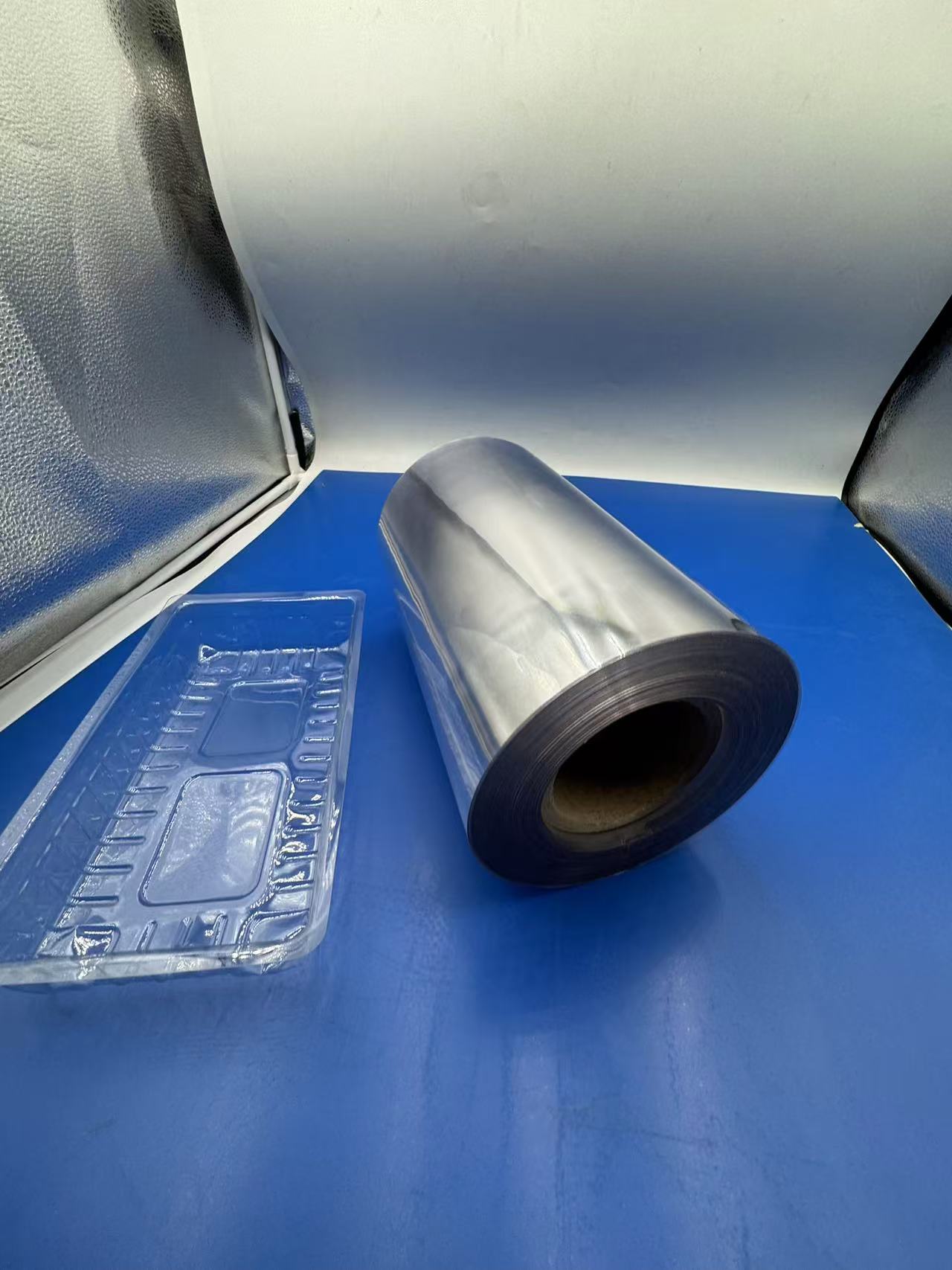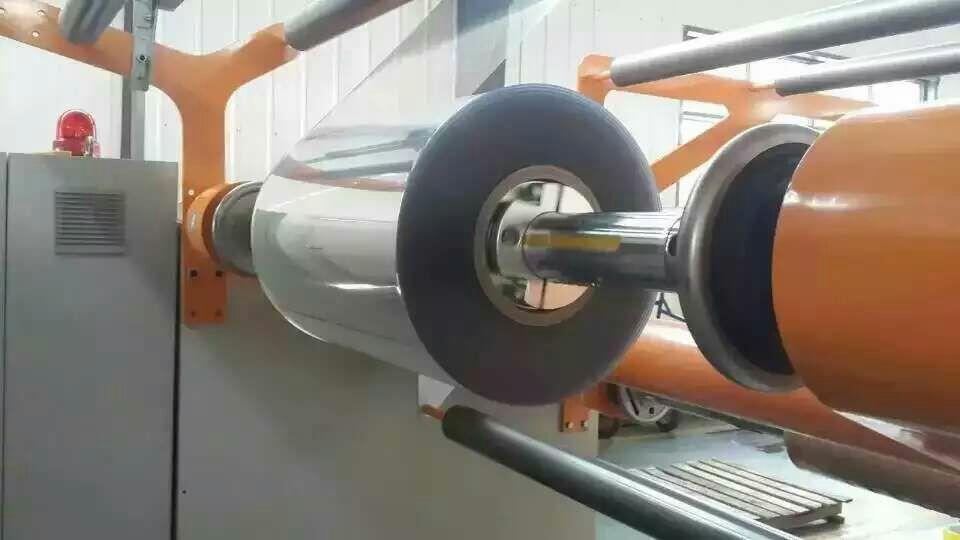Autodesk and Airbus Demonstrate the Impact of Generative Design on Making and Building
Both Autodesk and Airbus are committed to advancing cutting-edge technologies to drive innovation and create a more sustainable future. It's no surprise, then, that these two industry leaders have joined forces to revolutionize the way things are manufactured and built in the aerospace sector—shaping the future of the industry in the near term.
At Autodesk University in Las Vegas, Airbus revealed how it is leveraging generative design to tackle complex engineering, architectural, and systems challenges. By solving these issues, Airbus aims to build a smarter, more efficient, and cost-effective business while better meeting the needs of its workforce and reducing environmental impact.
As part of an ongoing initiative, Airbus is reimagining multiple structural aircraft components by applying Autodesk’s generative design tools to develop lighter-weight parts that still meet strict performance and safety standards. In an industry where weight directly impacts fuel consumption, this approach offers a significant opportunity to reduce the environmental footprint of air travel.
Beyond just aircraft parts, Airbus is also exploring how generative design can optimize the layout of its factories. The company is working on creating adaptable, DGNB and LEED-certified facilities with streamlined logistics, aiming to improve employee work conditions and boost productivity.
One notable example is the Bionic Partition 2.0, a next-generation version of the wall and jumpseat support structure found in aircraft cabins. Introduced in 2015, the original bionic partition was 45% lighter than traditional parts while maintaining strength. Airbus estimated that if rolled out across its A320 fleet, this design could save nearly half a million metric tons of CO2 emissions annually.
The initial plan was to fabricate the new partition using metal additive manufacturing, but due to market and material constraints, a different approach was needed. With advancements in generative design technology, Airbus now has the ability to optimize designs for various advanced manufacturing techniques during the product development phase.
This led to the creation of a plastic, 3D-printed mold for the partition, which is then cast in an alloy already approved for flight. Bionic Partition 2.0 is just as strong and lightweight as its predecessor and can be produced at scale more affordably.
“The revised design makes the bionic partition much more viable for production,†said Bastian Schaefer, the designer leading the collaboration with Autodesk. “The first prototype is in production, which we hope to finish before the end of the year. The process and technology have evolved to where we can now manufacture multiple units at a considerably lower cost.â€
Airbus is also applying generative design to other structural components, such as the vertical tail plane (VTP) of the A320. This part plays a crucial role in providing directional stability and reducing aerodynamic inefficiencies caused by side-to-side movement.
Positive feedback on generative design’s potential for aircraft components led Airbus to explore its application in factory design, layout, and workflows. One project involved optimizing an assembly line for A350 wings, aiming to configure a single factory bay for multiple wing variations from different A350 generations with minimal congestion and optimal tool placement.
Looking ahead, Airbus is considering concepts for using this technology in other production hangars. The goal is to assemble engines faster with more efficient logistical flows and a more satisfied workforce, all within a flexible and scalable factory environment.
The team identified ten key constraints for evaluation by the generative design system, including lot efficiency, construction cost, sustainability, employee work conditions, logistics flow, customer experience, daylight, and flexibility. Generative design provided two promising options: either a larger building with an unconventional footprint or optimized factory elements fitting into a smaller rectangular space.
“Generative design is helping us create a more sustainable architectural design that better accounts for critical human factors and work conditions,†said Schaefer. “It has also expanded our way of thinking and our approach to design by overcoming preconceived notions and blind spots. Whichever design we choose, we know the factory will function more efficiently and will be less costly to build.â€
For Airbus, the future of making and building has already arrived.

PET film has good printability, excellent dimensional stability, good surface and barrier properties. Widely use for packaging
PET film is used successfully in a wide range of applications, due to its excellent combination of optical, physical, mechanical, thermal, and chemical properties, as well as its unique versatility.
PET film is used successfully in a wide range of applications, due to its excellent combination of optical, physical, mechanical, thermal, and chemical properties, as well as its unique versatility.
|
Usage |
Food packaging,Blister packaging,Medical packaging |
| Features | Prominent transparency and surface gloss compared to other resin |

Pet Film Rolls,Pet Rigid Film,Petg Rigid Film,Anti Static Pet Sheet
Shandong Top Leader Plastic Packing CO., LTD , https://www.sdzlplastic.com